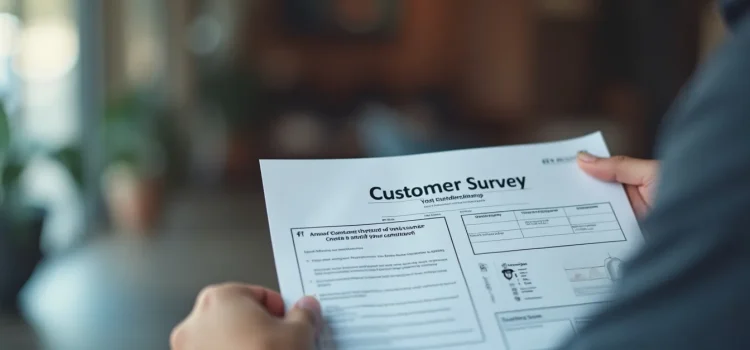Why are some writers more successful than others at connecting with readers? How can you write more effectively? According to behavioral scientists Todd Rogers and Jessica Lasky-Fink, successful writers write effectively. In Writing for Busy Readers, Todd Rogers and Jessica Lasky-Fink offer evidence-based techniques you can use to improve your impact and increase your reach no matter what you’re writing about. Continue reading to learn why effective writing is so important and for the eight-step process to improve your writing.
Writing for Busy Readers: Book Overview & Exercises










